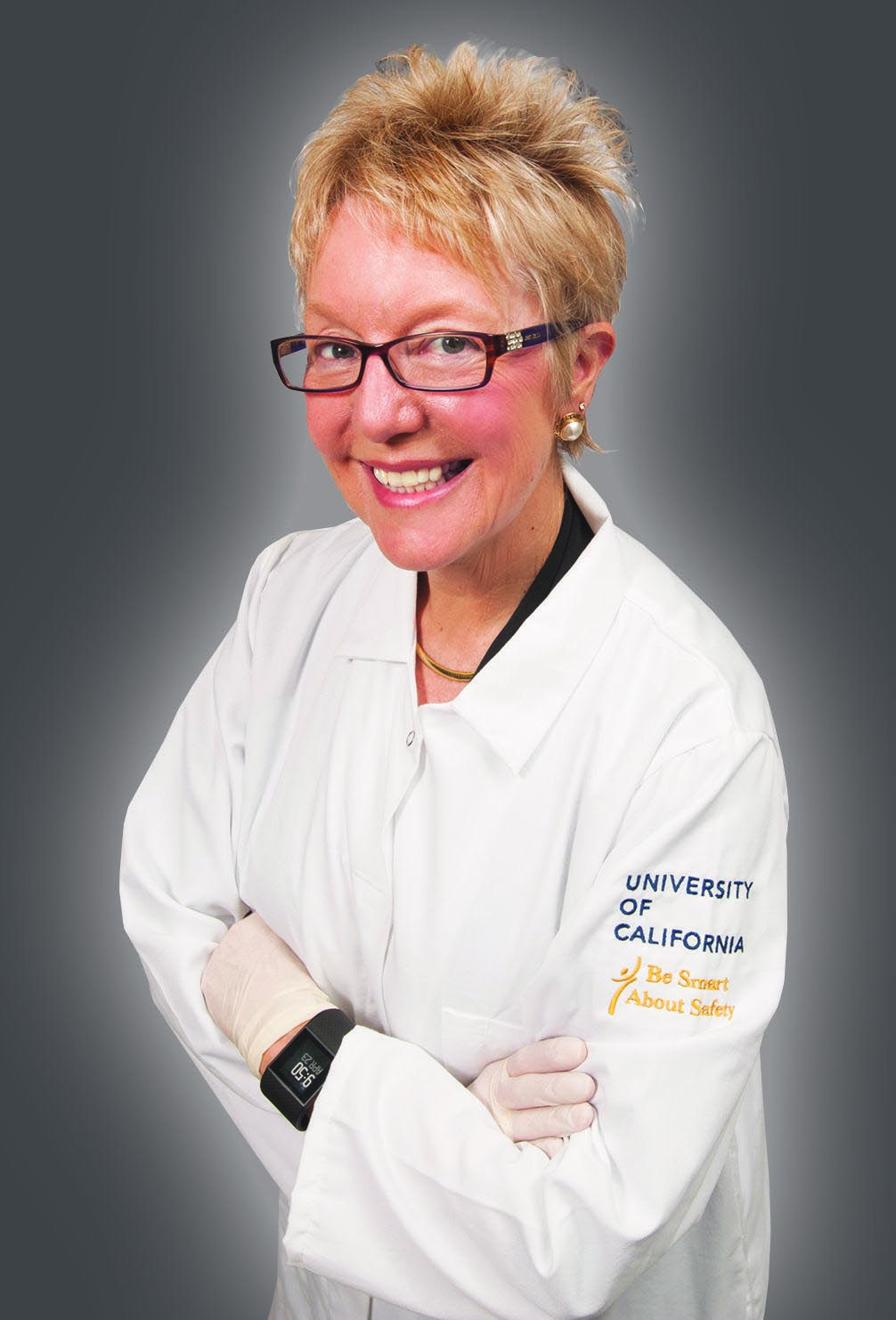
Regenerative, Neuroscience
Engineered Human Stem Cells to Treat Spinal Cord Injury
2022 Harrington Scholar-Innovator
Nearly 1.5 million Americans suffer from some form of spinal cord injury. Dr. Farmer and her colleagues have successfully used early-gestation chorionic villius-derived engineered placental mesenchymal stromal/ stem cells (PMSCs) to “dramatically and consistently” cure spina bifida-associated paralysis in lamb models. They also recently launched the first-in-human clinical trial to test PMSCs for the treatment of spina bifida.
Given their success using engineered PMSCs in congenital models of spina bifida, Dr. Farmer and her team are looking to further develop this technology for adult-acquired spinal cord injury. They note that the application of placental stem cells for spinal cord injuries remains largely unexplored.
“Can we leverage a great discovery from one disease to another?” Dr. Farmer asks. “When we saw the profound effect of this therapy in our lamb models of spina bifida, we felt that we owed it to the world to investigate whether we could help patients with other kinds of spinal cord injuries that resulted in paralysis. It seemed to us that we had a moral responsibility to do so.”
In their preclinical work, Dr. Farmer and her colleagues have found that PMSCs seeded on an extracellular matrix scaffold and directly applied to the spinal cord injury site protect neurons and preserve spinal cord material.
If successful, such a PMSC-based regenerative treatment could lay the foundation for future clinical therapeutics to dramatically improve the quality of life for spinal cord injury patients.
Dr. Diana Farmer, from the University of California, Davis, explains her pioneering research on using engineered placental stem cells to treat spinal cord injuries. Her team's groundbreaking work has transformed the lives of those affected by spina bifida and holds promise for adult-acquired spinal cord injuries.